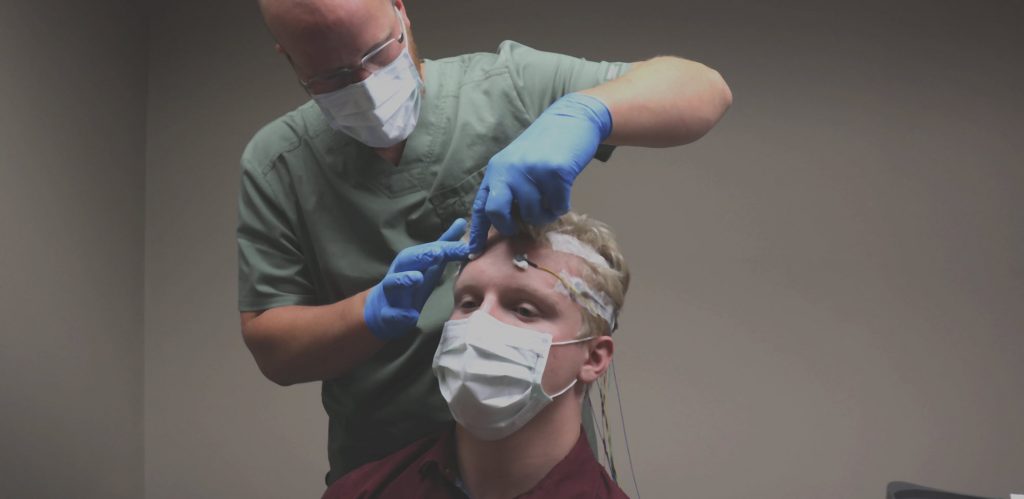

Both methods have drawbacks that may not reflect an actual confused state or that do not have application prospects as self-reports are subjective, different learners may have different judgments on confusion, and instant feedback is interruptive, while post-reports reduce timeliness facial expressions also vary between individuals and can be easily misread. In these studies, self-reports and facial expressions are the common methods used to identify a learner’s confused state. Before we associate confusion with information supplying, much attention has been drawn to the important role of confusion in learning and education because confusion is prevalent during complex learning, and its impact on learning outcomes can be either beneficial or detrimental. In the present study, we consider more regarding the cognitive side of confusion because our purpose was to investigate the supplying of information. In any case, there is no doubt that emotion and cognition have an inextricable relationship and a continual interaction during problem-solving processes. Considering the appropriate time is basically when designers are confused, the feeling that the environment is giving insufficient or contradictory information, the most direct and effective approach is to identify people’s confusing state, which has seldom been investigated in previous information service studies.Ĭonfusion has been mainly considered an epistemic or knowledge emotion, though there still are some theoretical divergences that take it as pure cognitive state. “When” refers to locating the appropriate timepoint at which to provide the related information, which is difficult to achieve with current context-based information service systems, even when the same person is faced with the exact same problems since one’s skill and knowledge backgrounds are changing constantly, not to mention the large individual differences. “What” refers to the finding of information related to specific problems, an aspect that has been thoroughly investigated by researchers in knowledge and information fields. Two main obstacles to achieving an automatic supply of information are “what” and “when”.

Usually, considerable time and energy are necessary for designers to find useful information, though there are already many computer-aided technologies to facilitate such a process. In terms of the development of technology, the knowledge and information needed for every walk of life is increasing dramatically, especially in the field of complex product design and modeling.
#EEG STUDY SERIES#
The human working process is a series of problem-solving processes that continually combine existing knowledge in the mind with outside information to achieve desired goals. In conclusion, this study has preliminarily investigated the EEG characteristics of confusion states, suggests that EEG is a promising methodology to detect confusion, and provides a basis for future studies aiming to achieve automatic recognition of confusing states. In addition, the implicit information insufficiency task elicited more activity in the parietal and right temporal regions, whereas the explicit information insufficiency task elicited additional activity in the frontal lobe, which revealed that the frontal region is related to the processing of novel or unfamiliar information and the parietal-temporal regions are involved in sustained attention or reorientation during confusing states induced by information insufficiency. The results showed that the alpha power decreased significantly in the regions related to calculation when the participants encountered both explicit and implicit information insufficiency tasks compared to the control tasks, suggesting that confusion can cause more brain activity in the cortical regions related to the tasks that induce confusion. Short time Fourier transformation (STFT) was used for time-frequency analysis then the alpha task-related-power (TRP) changes and distributions, which are closely related to cognitive processing, were calculated, and repeated measures ANOVA were performed to find the significant difference between task conditions.

Two experimental tasks and three control tasks were created. The aim of this study is to explore the brain activity reflected by electroencephalography (EEG) during a confusing state induced by two kinds of information insufficiencies during mathematical problem-solving, namely, an explicit situation that clearly lacked information and an implicit situation in which the missing information was hidden in the problem itself, and whether there is an EEG difference between these two situations. Confusion is a complex cognitive state that is prevalent during learning and problem-solving.


 0 kommentar(er)
0 kommentar(er)
